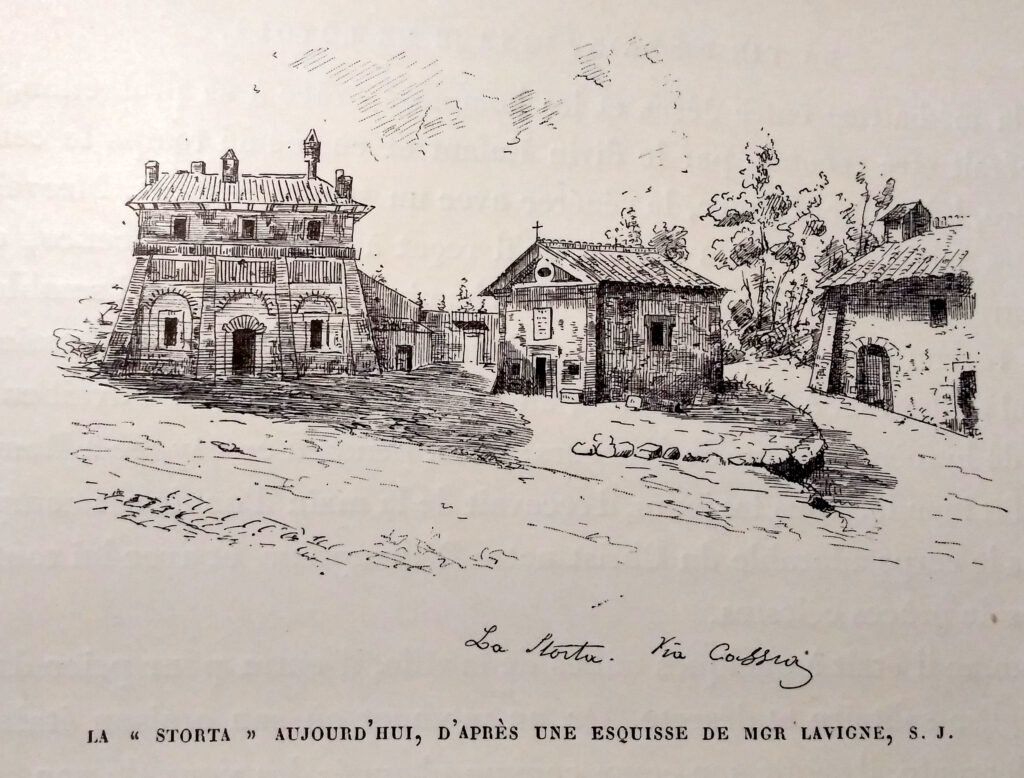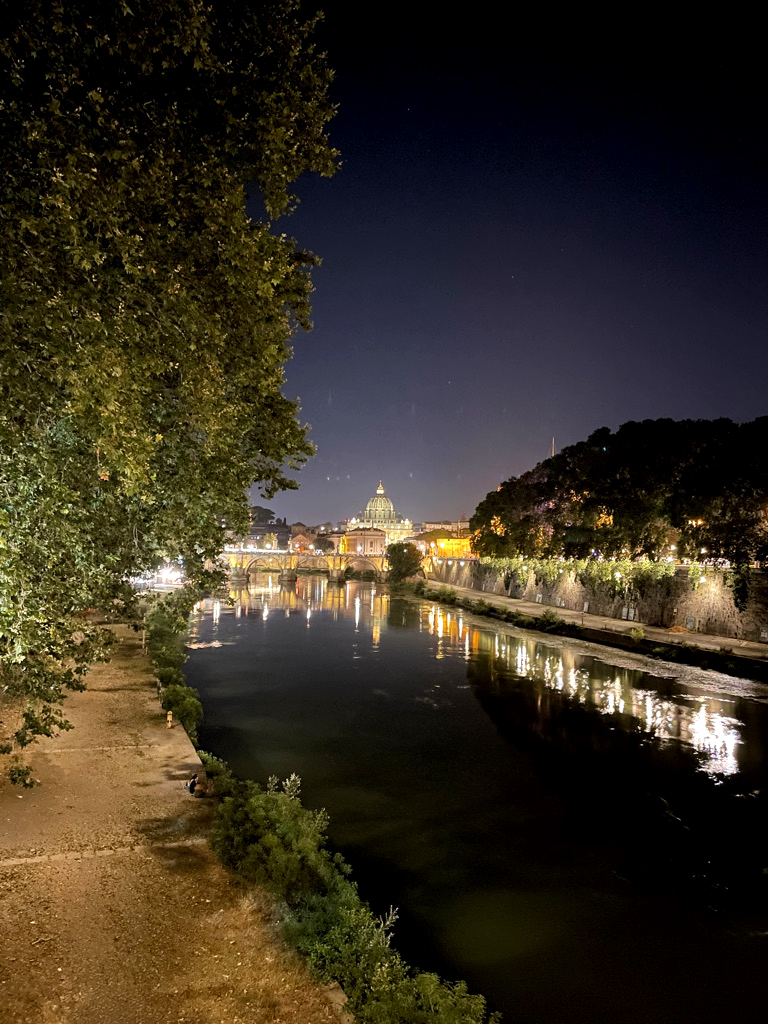Near Rome, in the small chapel of La Storta, Ignatius had a vision that confirmed his being called to be a companion of Jesus, seeing himself placed by the Father with the Son carrying his cross. In this moment, Ignatius’ pilgrimage of discovery of self was brought to a conclusion. He knew clearly who he was in the eyes of God. A certain journey was over, but another one would continue.


In the last pages of his Testament, Ignatius continues to refer to himself as “the pilgrim,” showing that the journey was continuing for him. Besides the mention of his numerous activities as general superior of the Society of Jesus in Rome, Ignatius opens a window into his spiritual journey, the one in which he was still pilgrimaging after the geographical pilgrimage had ceased. Gonçalves da Câmara wrote that, “any time and hour that he [Ignatius] wanted to find God, he was finding him” (Testament, § 99). In the small rooms from where Ignatius was managing the development of his religious community, an infinite inner journey continued. The ultimate destination, God, was now sought and found constantly. This is the third and final layer of pilgrimage in the Testament, a mystical journey into God.
By this final journey, Ignatius highlights the inner dimension of pilgrimage, a dimension honored in other traditions, as in John Bunyan’s Pilgrim’s Journey, or the Russian Orthodox classic, The Way of the Pilgrim. Ignatius himself put forward such an inner journey in his Spiritual Exercises.